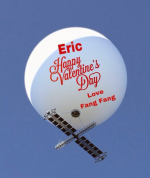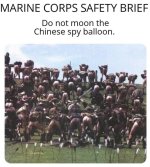Seahawkfan
Hooked
Quick google search.The armor on a Abrams tank is highly classified and after almost 40 years of service not a single Abrams tank has been lost. Looks like we are trying to fix that.
The M1 Abrams (/ˈeɪbrəmz/)[7] is a third-generation American main battle tank designed by Chrysler Defense (now General Dynamics Land Systems)[8] and named for General Creighton Abrams. Conceived for modern armored ground warfare and now one of the heaviest tanks in service at nearly 68 short tons (62 metric tons), it introduced several modern technologies to US armored forces, including a multifuel turbine engine, sophisticated Chobham composite armor, a computer fire control system, separate ammunition storage in a blow-out compartment, and NBC protection for crew safety. Initial models of the M1 were armed with a licensed-produced 105 mm Royal Ordnance L7 gun, while later variants feature a licensed Rheinmetall 120 mm L/44.
Not really super-secret.
Chobham armour is the informal name of a composite armour developed in the 1960s at the British tank research centre on Chobham Common, Surrey. The name has since become the common generic term for composite ceramic vehicle armour. Other names informally given to Chobham armour include Burlington and Dorchester. Special armour is a broader informal term referring to any armour arrangement comprising sandwich reactive plates, including Chobham armour.
Although the construction details of the Chobham armour remain a secret, it has been described as being composed of ceramic tiles encased within a metal framework and bonded to a backing plate and several elastic layers. Owing to the extreme hardness of the ceramics used, they offer superior resistance against shaped charges such as high-explosive anti-tank (HEAT) rounds and they shatter kinetic energy penetrators.
The armour was first tested in the context of the development of a British prototype vehicle, the FV4211, and first applied on the preseries of the American M1. Only the M1 Abrams, Challenger 1, Challenger 2, K1 tanks have been disclosed as being thus armoured.[1] The framework holding the ceramics is usually produced in large blocks,[citation needed] giving these tanks, and especially their turrets, a distinctive angled appearance.



















